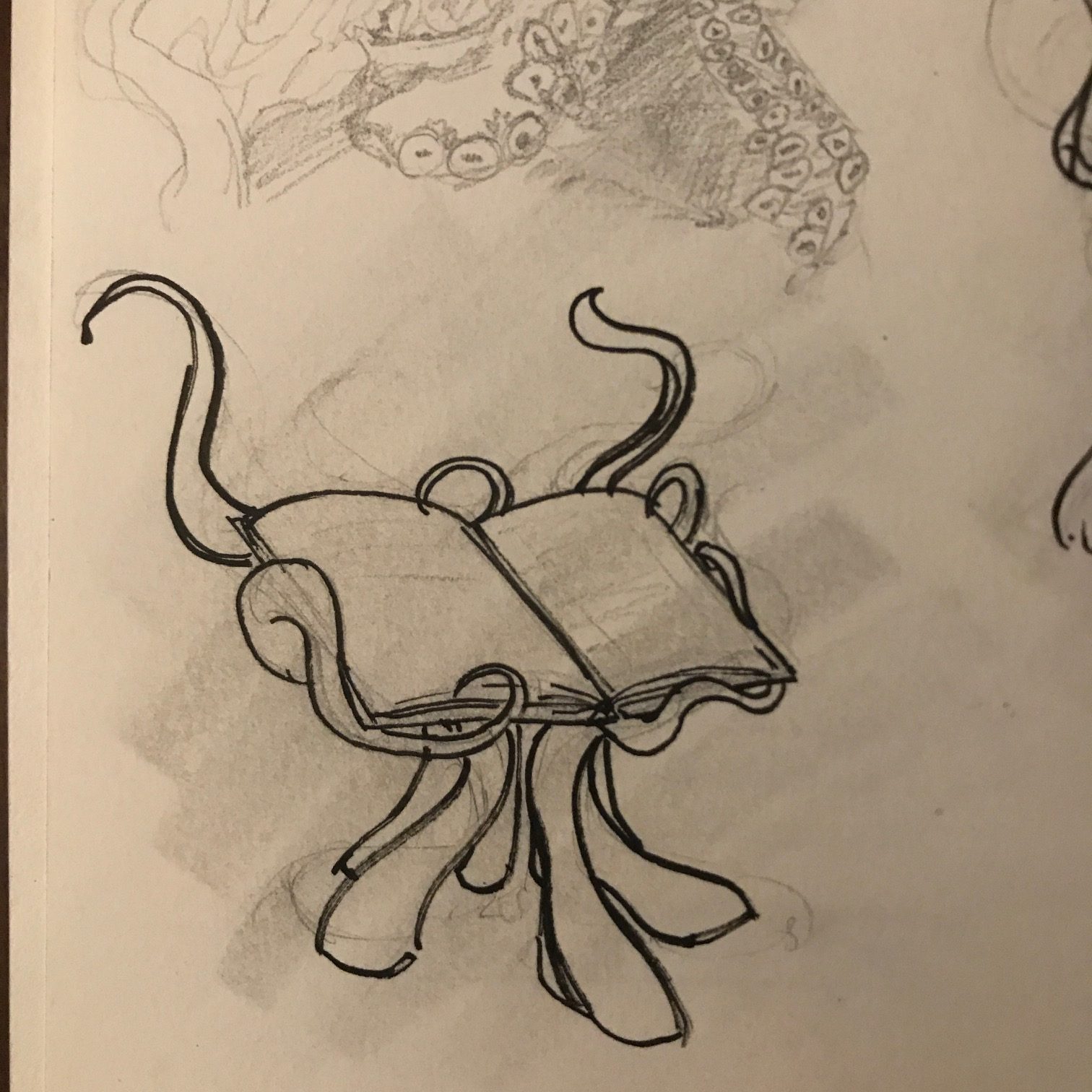Burning Witches

The Witch Hunts Never Ended
It is comforting to believe that the worst horrors of misogynistic excess are things of the distant past.
The comfort of this belief is so strong that it can blind us to legitimate fear.
We remember, some time before 2016, seeing a bumper sticker depicting a woman in a stereotypical conical hat being burned at the stake. Beneath it was the text, “Never again!”
We chuckled at the extreme. Yes, our country carries a deep legacy of antipathy toward women and toward any apparently exotic faith. But, we smiled smugly, that antipathy is the stuff of personal action, not state sanctioned violence. We have a long way to go, but we’re not going back to the 16th century. No one is really going to start burning witches again.
Right?
The last five years have been tragically illuminating. This past week particularly so.
In the recently leaked draft Supreme Court opinion, there is a citation to the opinions of the famous judge, Sir Matthew Hale.
Matthew Hale seems like a bad person. Maybe this is because his parents died when he was a small child. Maybe because he was raised by strict English Puritans. Maybe he was just wired to be a misogynistic jerk. Regardless of the cause, he should have been filed away with H.P. Lovecraft and all the other wretched weirdos who had some good ideas, but who maybe shouldn’t be taken too seriously in 2022. Furthermore, Hale died in 1676 and is thus absolutely not someone whose opinion should be informing the medical decisions of contemporary people with uteruses.
Unfortunately, Sir Hale is still very much with us, and his views serve as a direct connection between the grim five century old history of the Witch Trials and contemporary state approved misogyny.
In the late 16th and early 17th centuries, a grim confluence of events conspired to result in the judicial murder of thousands, possibly tens of thousands of people (mostly women), on dubious charges of witchcraft. These factors included: widespread dissemination of “witch-hunting” literature like the Malleus Maleficarum, the application of the Carolina law code, and the societal chaos brought on by the Little Ice Age and the Thirty Years War.
However, by the middle of the 17th century, the pendulum had finally begun to swing back against this “witch hysteria,” and learned people were awkwardly acknowledging that maybe things had gotten a little bit out of hand.
Why, then, do you end up with the Salem witch trails happening clear at the end of the 17th century?
The answer, in no small part, is Sir Matthew Hale.
In 1662, Hale was the judge at a famous witch trial in Bury St. Edmunds in Suffolk, England. There, two women had been accused by a fishmonger of bewitching his children after getting uppity with him over their herring purchases. Hale’s certainty that malicious witches existed colored his advice to the jurors, and contributed to the judicial murder of Rose Cullender and Amy Denny. His judgment also served as the model for the New England witch trails three decades later.
We would be more forgiving of his fear of witches if Hale were otherwise a reasonable person. But he was not. His judicial murder of two women for witchcraft was part of a broader pattern of misogyny.
He authored a damning opinion that sexual assault was impossible between a married couple because “the flesh of the husband and wife became one at marriage.” His authority, as Chief Justice of England, on the topic helped keep this law on the books in England until 1991.
Furthermore, Hale was so worried about good upstanding men being unjustly harmed by accusations of sexual assault that he devised a series of criteria by which accusers could be judged. These included things such as: Does she have a good reputation? Did she cry out? Did she try to flee? Does she have respectable friends? If any of these seem familiar, it is because the “Hale Warning” criteria were still being offered to American juries in the late 20th century as means of assessing the merit of the claims of sexual assault victims.
Matthew Hale died over three hundred years ago. He was a loathsome misogynist and there is no reason that his voice should still be influencing the opinions of the Supreme Court of the United States.
But it is.
The fear of witches has never gone away. It is the fear of a loss of control, of subject people rising up against tyranny. It may have changed form, but that fear is as intense today as it ever was.
In 1662 such loss of control might mean a child getting sick without explanation, or perhaps a female customer who didn’t recognize her place. In 2022, it is all the various races, and genders, and creeds that don’t immediately acknowledge the supremacy of the white cis male.
Those with unjustified power are not going to give up without a fight. They are going to summon up the ghost of every wretch like Matthew Hale to support their cause. They are going to cause injury, and they are going to cause deaths.
They have never stopped burning witches, and they won’t.
Not until we make them.












